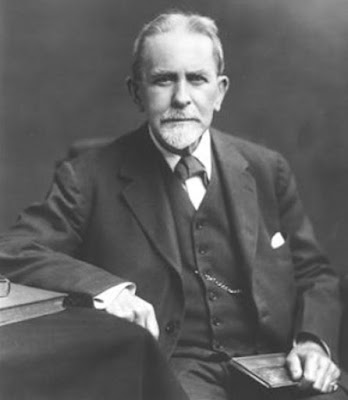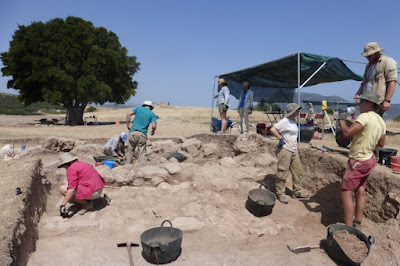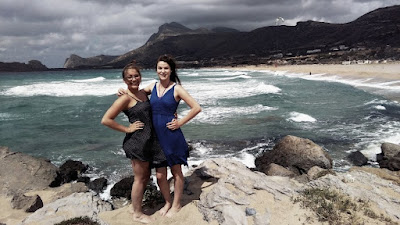Tuesday, May 31, 2016
Tuesday, May 24, 2016
Friday, May 20, 2016
Sir James Fraser and Culture in Greece
On Monday May 23rd Professor Nanno Marinatou will give a lecture entitled «James Frazer στην Αθήνα: Το έργο του και η Φιλοσοφική του Τοποθέτηση για τον Πολιτισμό». Fraser was a quintessential late 19th-century English intellectual and academic who shared Evans’ philhellenism as well as keen interest in the contemporary affairs of Greece, especially relating to culture. Fraser visited Greece in the later 1890s and again in Athens in 1937.
Prof. Marinatou will argue that while Fraser’s anthropological views are no longer accepted, his philosophical and theoretical positions on the value of rationalism in the context of discussions of culture are worth reexamining seriously in our contemporary world.
This lecture is the final offering of the 2015/16 Lecture Program of the Syllogos Filon tou Istorikou Archeiou tis Archaiologiskis Yperesias. The lecture will take place at 18:30 at the Historical Archive at Psaromylingou 22 on the cusp between theTheseio, the Kerameikos and the Psyrri Districts. The Theseio Train Station is the nearest Metro stop.
Cordially,
David Rupp
Director
Tuesday, May 17, 2016
The Fred Winter Collection
Friday, May 13, 2016
Annual CIG Open Meeting; Welcome Theo!
2016 York University Summer undergraduate intern
The Institute is honored every summer to have an undergraduate intern from York University’s International Internship Program come to Athens to work with us for three months. This year the student is Theodore Tsilfidis. He is a fourth-year undergraduate student in the Law and Society program at York, and a current pilot who plans to pursue a law degree and specialize in the field of aviation law. He is of Hellenic decent and apart from his long interest in aviation, his interests lie in Modern Greek language, literature, and culture, as well as Greek history. With his Greek language skills he will work with us on the organization and the digitization of documents in Greek in the Archive.
Theo was recently the recipient of the Chris Tarnaris Memorial Scholarship, provided by the Hellenic Heritage Foundation (HHF), which recognizes the student with the highest GPA in the Hellenic Studies program at York. He is looking forward to joining the Institute as the summer intern to learn and gaining a deeper understanding of Classical studies and archeology as well as expanding his knowledge of Greek history, and he plans to use this summer experience as an opportunity to explore the ancient sites and museums in Athens and in other places in Greece.
You will have an opportunity to meet Theo at our Open Meeting and welcome him to our Athenian community .
Cordially,
David Rupp
Director
Tuesday, May 10, 2016
Friday, May 6, 2016
A Romanist in Athens... Pt. II
I don’t know how to express how fortunate I feel to have received the Neda and Franz Leipen Fellowship and to experience so much in Athens. I feel that I have grown so much as an academic and as a person in these few short months, and I know that I will miss Athens very much. As grateful as I am just to live in this chaotic but fascinating city, I feel that it is the friends I have made here who have defined my experience, and I want to thank them all – and Vicki, Lauren, Esther and Lana in particular – for their constant love and encouragement. I also want to thank Jonathan and David for all their support while being a fellow at the CIG. Athens has truly come to feel like a second home to me, and I have no doubt that I will return at some point in the future.
Sarah NashLeipen Fellow, CIG
















